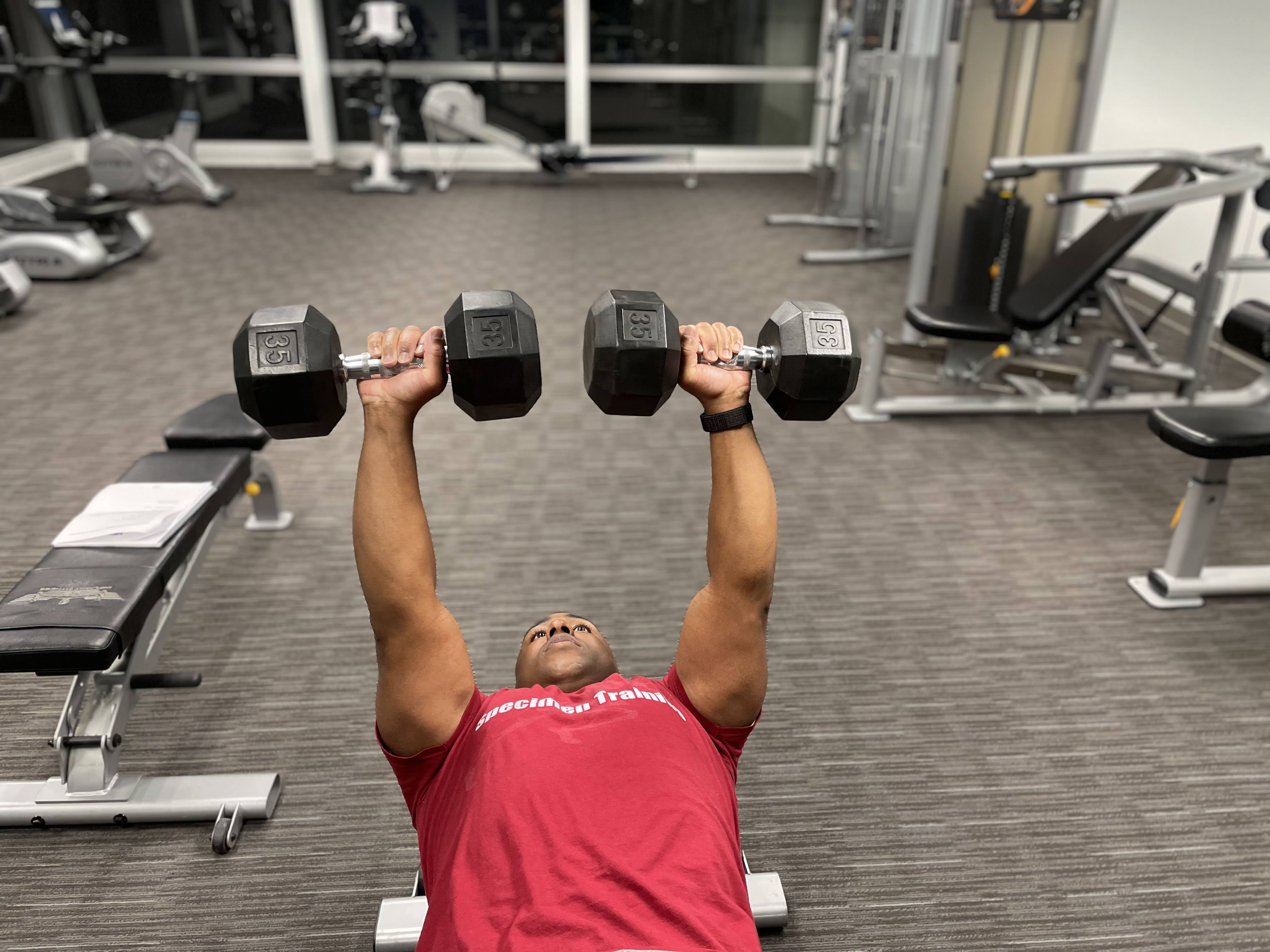
Periodization Training: Why You Need to be Doing It
Periodization training (training in cycles) is scientifically proven to produce specific, targeted results. Periodization training is the form of training that athletes implement to go from the off-season to being in peak fitness and performance condition. The training phases most commonly cycled are Conditioning (muscle endurance focus), Hypertrophy (building / maintaining muscle mass), Strength (build or maintain strength) and Power (typically used for training athletes; it’s the cycle used to convert strength to generating more power).
Periodization training is based on 4 conceptual pillars – specificity, variation, progression, and overload. This type of training is designed to promote maximum gains while minimizing the risk of injury, overtraining, and plateauing. Whether you subscribe to periodization training or not, not including all 4 of these principles in your training will keep you from maximizing your efforts. It is the most effective way to get from where you are today to where you ultimately want to be with your health and fitness. It is the best way to get the most (sustainable) results in the least amount of time. Think of it as a GPS system. It considers where you are, and after you decide where you want to go, it gives you precise details on how to get there. It’s always a winning formula for success.
Let’s use your GPS as an example to explain how Periodization works. When you open your GPS system, what’s the first bit of information it gathers? It’s not where you are headed – it’s where you are right now, at the beginning of your trip. That information is vital to determining the route the GPS will recommend to your destination. Without knowing your starting point, it’s impossible to come up with the correct planned path for you to get to where you want to be. In the fitness world, assessing your starting point usually involves a test or measurement. If you want to get fitter – we test where your fitness is now. If you want to focus on your physique (i.e., toning up, getting leaner, putting on muscle mass, etc.), we measure your body to establish where you are now. Every goal you have should start with a test or a mechanism for measuring where you are starting from.
Athletes will often want to improve power as there is a direct carryover to athletic performance when you become more powerful. Aside from athletes, the most common fitness goals we see are a desire to become fitter, to “lean up” (or improve muscle tone), put on muscle mass, get stronger, or any combination of these. Just as your GPS has a planned path for you to get from where you are to where you want to be, there is a scientifically proven path to get you to your health and fitness goals.
To effectively get you to your goals, periodization-based cycles and programs use a set of guidelines. In addition to the four conceptual pillars of periodization-based cycles mentioned above (specificity, variation, progressions, and overload), the guidelines of periodization also rely on components that deal with choice & order of exercises, training frequency, intensity, volume, and rest intervals.
Choice – deciding the right exercises to go into each cycle or program. They include total body and progress from general to specific exercises (variation); and become more specific to the activity and goal over time (specificity).
Order – yes, the order in which exercises are done makes a difference. Performing exercises from multi-joint to single-joint, from large muscle mass to small muscle mass, alternating from upper body to lower body and from pushing to pulling…all makes a difference.
Frequency – determining how many times we’re going to train each muscle group per week. Being considered untrained would require different programming vs someone who is considered advanced (such as an athlete), who would need more.
Intensity – can be applied to a workout in general, but usually we talk about intensity with respect to how much you are lifting.
Volume – a product of how many sets and repetitions you are performing and the weight you’re lifting. Higher volume often produces greater metabolic and hormonal responses.
Rest & recovery – the time between sets and reps, and between workouts. Results are achieved by manipulating the critical variables (frequency, intensity, volume, and rest & recovery) as they relate to each other. For example, frequency and volume are inversely related to intensity; as intensity increases, volume and frequency typically decrease. Rest is directly related to intensity – as intensity increases, so does the need for rest.
Progression – modifying each of these variables to increase the difficulty of the workout along the designed and planned path to maximize adaptation at the proper time. As you get stronger, you will lift more. As you get fitter, you will work longer or with fewer / shorter rest periods.
If you're not already doing periodization training, you are leaving potential results on the table - it's just a matter of how much. Whether you're looking to get fitter, lose body fat and build muscle, or simply make the most of your limited time to train, periodization training is the most efficient path to your goals. Just like your GPS, it creates the most effective route to get from where you are today to where you want to be. Don't let your busy schedule keep you from achieving your full potential. By following a structured training program, you will maximize your results and minimize wasted time and effort.
Take the first step today. Assess where you are, define where you want to go, and let's map out your path to success. If you're ready to optimize your fitness and make every workout count, reach out and we will design a custom training program tailored to your unique goals and lifestyle. Your best self is just around the corner.
C'mon, let's chisel!